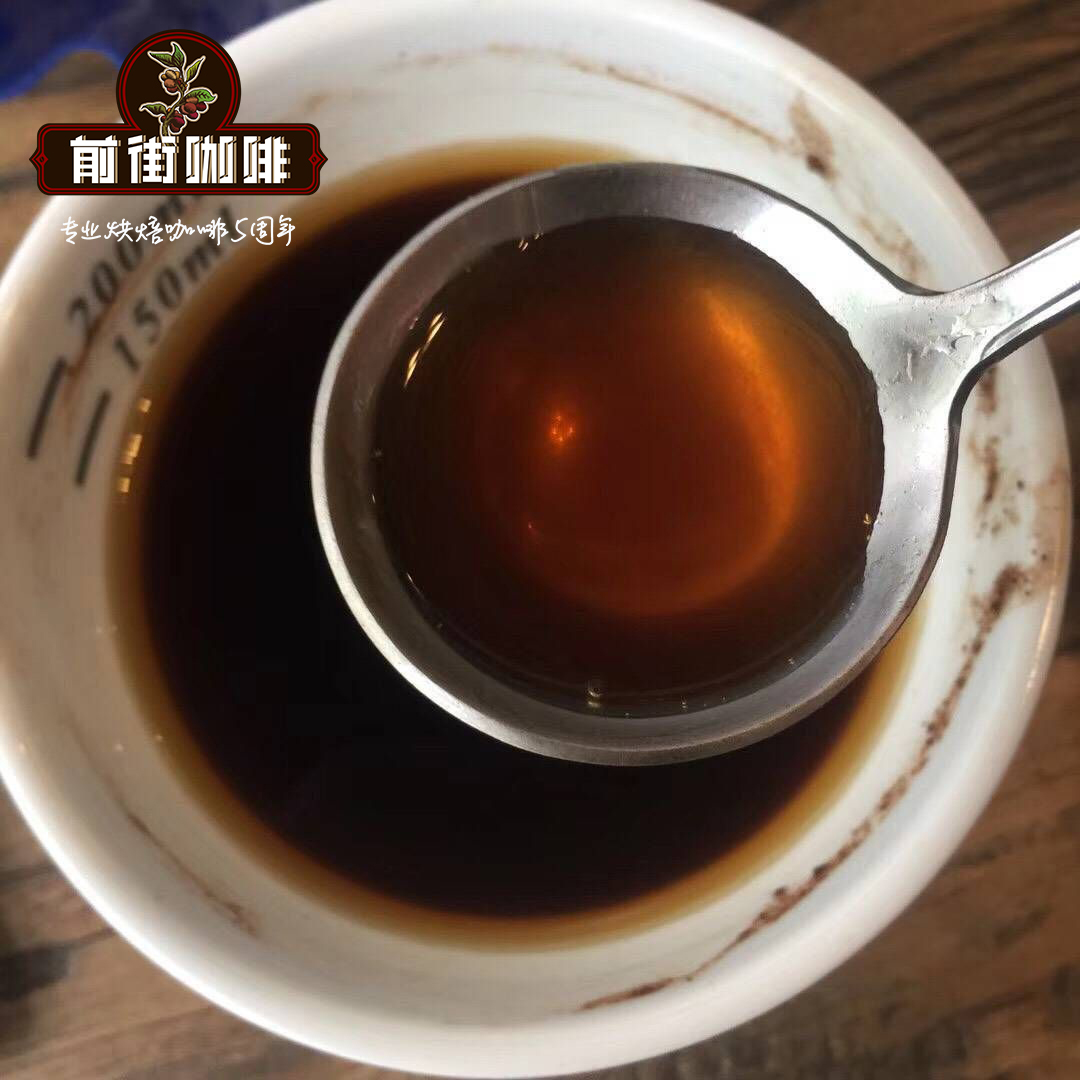Introduction of coffee beans in Kazan Manor, Burundi _ description of the characteristics and flavor of Burundian coffee beans

Professional coffee knowledge exchange more coffee bean information please follow the coffee workshop (Wechat official account cafe_style)
Yandaro | Burundian Coffee Burundi
Production area: Kayanza, Northern Burundi
Variety: Bourbon, Jackson, and Mibirzi
Altitude: 1760-1850m
Treatment: scaffolding after washing (African beds)
Burundi, a landlocked country in Africa, has a total area of 28000 square kilometers, slightly smaller than Taiwan, with a total population of about 8 million, but nearly half of the population is under the age of 14. Since the declaration of independence on July 1, 1962, years of accumulated ethnic problems in the country have led to a civil war, a 12-year civil war that has caused an extreme imbalance.
Geographically, Burundi is located in the East African Rift Valley, the terrain is very crooked, and it is also a watershed between the Nile River system and the Congo River system, hence the title of the Heart of Africa (The heart of Africa). At present, 90% of the people in Burundi depend on farming for a living, and coffee is a very important cash crop in the country.
The first Arabica coffee trees in Burundi were introduced in 1930, but the main coffee trees planted today are similar to those in neighboring Rwanda, mainly bourbon.
At present, there are about 25 million coffee trees in Burundi, which are planted on 60, 000 hectares of land, and 800000 families are indirectly or directly involved in the coffee-growing industry, as in Ethiopia, where farmers grow both on the farm. Only about 250 trees are planted on each farm, so when the coffee is harvested, they will immediately send the harvested coffee beans to the processing plant, where the coffee will be processed centrally. Therefore, Burundian coffee can not only look at the processing plant, but the batch is the most important.
The original system of Burundian coffee is to concentrate on the sale of processed coffee beans, regardless of their quality. However, after 2008, the Burundian authorities developed a feedback mechanism in which the coffee market under the new system was gradually liberalized, allowing buyers to trade directly with the processing plants and purchase the desired batches directly. through the new system, the processing plant and its members can get a better income by producing good coffee.
Yandaro is a private processing plant in the Kayanza region of northwestern Burundi, where nearby coffee farmers send their own coffee for processing, including peeling, fermentation and sun drying.
The first time I met Yandaro, I drank Single Espresso with a baking degree of about Touch. Although it was just baked for a few days, it was fresh and full of sweetness at the beginning of the entrance, and then it slowly appeared like an apple-like sour taste, which felt like sweetness wrapping up the sour taste. The sweetness of the fruit was very rich, even after it was diluted with water.
Later, I brought the Burundian coffee raw beans home, and only roasted to the baking degree of the first section of the explosion (6 times 39 percent 45, 7 percent 39 percent, with a weight loss ratio of 13%). The tonality of the fruit is more obvious and gives people a different feeling in flavor, but it is also very satisfactory in terms of sweetness and richness.
Burundian coffee roasted in light or deep roasted taste is very good, hand flushing, plug wind or Italian extraction methods are also very suitable, is a very playable beans.
END
Important Notice :
前街咖啡 FrontStreet Coffee has moved to new addredd:
FrontStreet Coffee Address: 315,Donghua East Road,GuangZhou
Tel:020 38364473
- Prev

How to drink Bourbon Black Coffee in Kayan Zapaenjia, Burundi
Professional coffee knowledge exchange more coffee bean information please follow the coffee workshop (Wechat official account cafe_style) Burundian Coffee Coffee Cabuye District Paenjia processing Plant [Solar treatment bourbon] Burundi Kayanza Kabuye SEGEC Mpanga Natural production area: Cajun (Kayanza) Cabuye (Kabuye) varieties: Bourbon
- Next

Suggestion on brewing parameters of micro-batch washed bourbon coffee in Gatru Marunasi Cooperative, Burundi
Professional coffee knowledge exchange more coffee bean information please follow coffee workshop (Wechat official account cafe_style) Coffee producing country: African treatment method: washing and roasting degree: medium depth altitude: above 1200 meters above sea level: hand or siphon kettle water powder ratio: 1:15-1:18 brewing temperature: 86-92 degrees second description: entrance clean taste mellow aroma rich acid
Related
- Detailed explanation of Jadeite planting Land in Panamanian Jadeite Manor introduction to the grading system of Jadeite competitive bidding, Red bid, Green bid and Rose Summer
- Story of Coffee planting in Brenka region of Costa Rica Stonehenge Manor anaerobic heavy honey treatment of flavor mouth
- What's on the barrel of Blue Mountain Coffee beans?
- Can American coffee also pull flowers? How to use hot American style to pull out a good-looking pattern?
- Can you make a cold extract with coffee beans? What is the right proportion for cold-extracted coffee formula?
- Indonesian PWN Gold Mandrine Coffee Origin Features Flavor How to Chong? Mandolin coffee is American.
- A brief introduction to the flavor characteristics of Brazilian yellow bourbon coffee beans
- What is the effect of different water quality on the flavor of cold-extracted coffee? What kind of water is best for brewing coffee?
- Why do you think of Rose Summer whenever you mention Panamanian coffee?
- Introduction to the characteristics of authentic blue mountain coffee bean producing areas? What is the CIB Coffee Authority in Jamaica?

